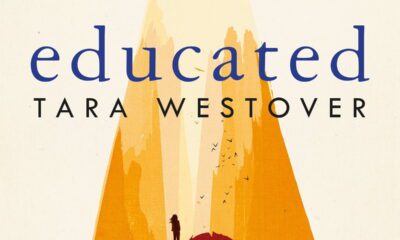Tech
All you need to know about OpenAI Sora

OpenAI’s text-to-video model, Sora, has taken the world by surprise.
What is OpenAI Sora?
According to the OpenAI website, Sora is a text-to-video model that can generate videos for up to a minute while maintaining visual quality and adherence to the user’s prompt.
It was created by OpenAI, the US-based artificial intelligence research organization that also created the famous chatbot ChatGPT.
What does Sora do?
Sora will be a game-changer in the creative scene, particularly in filmmaking. Using descriptive text instructions, previously imagined worlds will be brought to life, breaking the limits of creativity and promising new possibilities.
“Sora can generate complex scenes with multiple characters, specific types of motion, and accurate details of the subject and background,” the company said.


How does it work?
According to the company, OpenAI Sora deeply understands language, thus enabling it to accurately interpret prompts and generate compelling characters that express vibrant emotions. The model can also come up with multiple shots within a single generated video that accurately portrays characters and visual style.
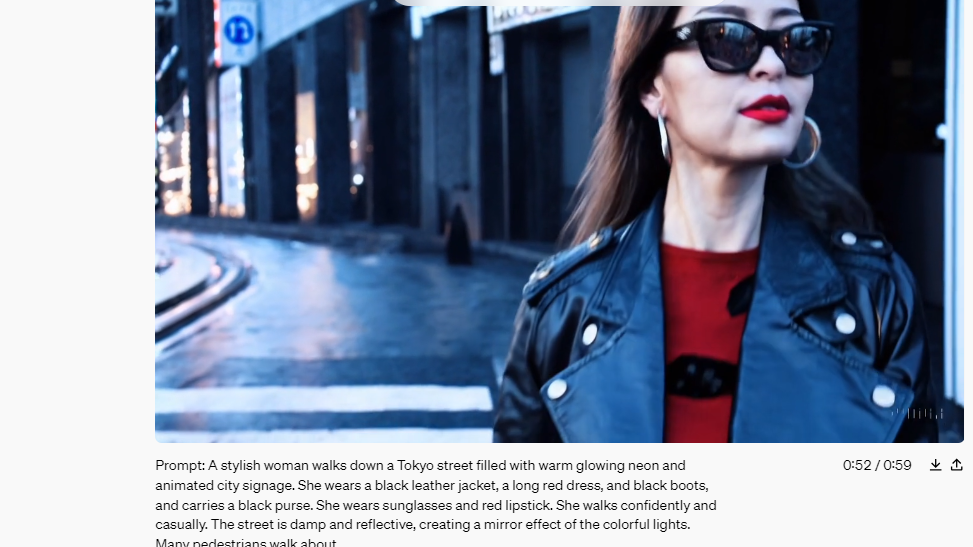

Who can access it?
At the moment, Sora is accessible only to red teamers who will assess the risk areas, and a select number of creatives who will provide useful feedback on how to best advance the model.
“Red teaming” is a structured testing method for finding flaws in AI systems. The process involves simulating attacks on the model to identify weaknesses and vulnerabilities. The goal is to identify ways the system doesn’t work as intended, and then find fixes for the breaks.
Which safety measures have been put in place?
Safety in artificial intelligence is a huge concern for many people, and rightly so. Below are the measures being put in place by OpenAI to make Sora safe:
- 1. Building tools to help detect misleading content such as a detection classifier that can tell when Sora generated a video.
- 2. Leveraging existing safety methods that OpenAI built for their products that use DALL·E 3, which apply to Sora as well. These include a text classifier that will check and reject text input prompts that violate OpenAI’s usage policies, like those that request extreme violence, sexual content, hateful imagery, celebrity likeness, or the IP of others.
- 3. Engaging policymakers, educators and artists worldwide to understand their concerns and identify positive use cases for this new technology.
Tech
Spotify Has Quietly Hiked Prices in Kenya
Tech
Infinix’s Hot Launch; The All New Hot 50 Series is Here
Tech
New WhatsApp Feature Lets You Mention Contacts In Status Updates


WhatsApp has recently added a new feature to its Status updates, allowing users to tag contacts directly.
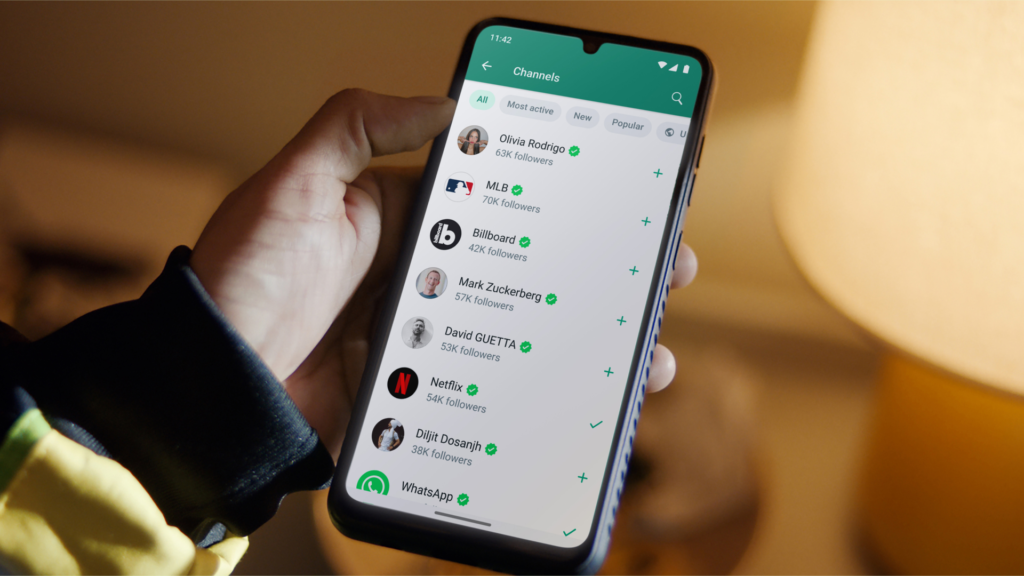

Currently available on Android for users with beta version 2.24.20.3 or higher, this update introduces a @ button that lets you mention specific contacts in your Status.
Once tagged, they receive both a notification and a message, ensuring they won’t miss your update. Tagged contacts can also reshare your Status, but only they will see their mention, preserving privacy.
Unlike Instagram, WhatsApp keeps the identity of the original Status creator hidden when tagged contacts reshare it. One key thing to note is that if you’ve blocked someone from viewing your Status, they can still see it if tagged using this feature.
This update, along with WhatsApp’s other hidden features, aims to make interactions more personal and dynamic on the platform.
-



 A Chat With3 years ago
A Chat With3 years agoA MOMENT WITH SHARON WENDO, FOUNDER OF EPICA JEWELLERY
-



 Entertainment2 years ago
Entertainment2 years agoKenyan Movie Disconnect: The Wedding Planner Is Now Streaming On Netflix
-



 A Chat With2 years ago
A Chat With2 years agoFind out why ‘mutura is not a street food’ as Wanjira Puts it!
-

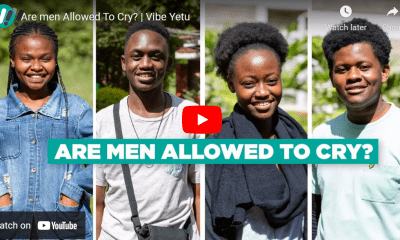

 A Chat With2 years ago
A Chat With2 years agoAre men allowed to cry?
-



 A Chat With2 years ago
A Chat With2 years agoA chat with one of the biggest female Djs right now, Dj Redbone
-

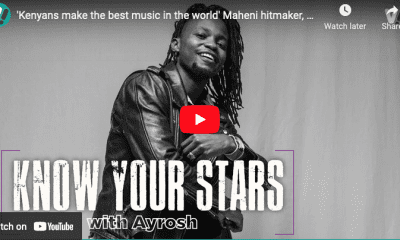

 A Chat With2 years ago
A Chat With2 years agoKenyans make the best music in the world, Ayrosh
-

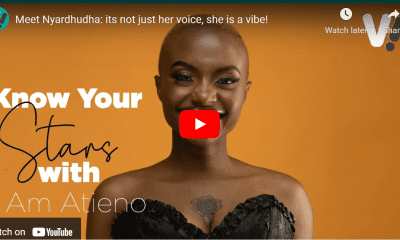

 A Chat With2 years ago
A Chat With2 years agoA chat with Atieno: A young radio personnel doing her thing behind the mics
-

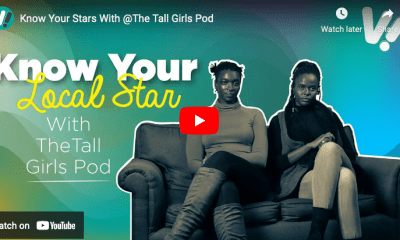

 A Chat With2 years ago
A Chat With2 years agoThey Hooked Up With Their First Serious Boyfriends



